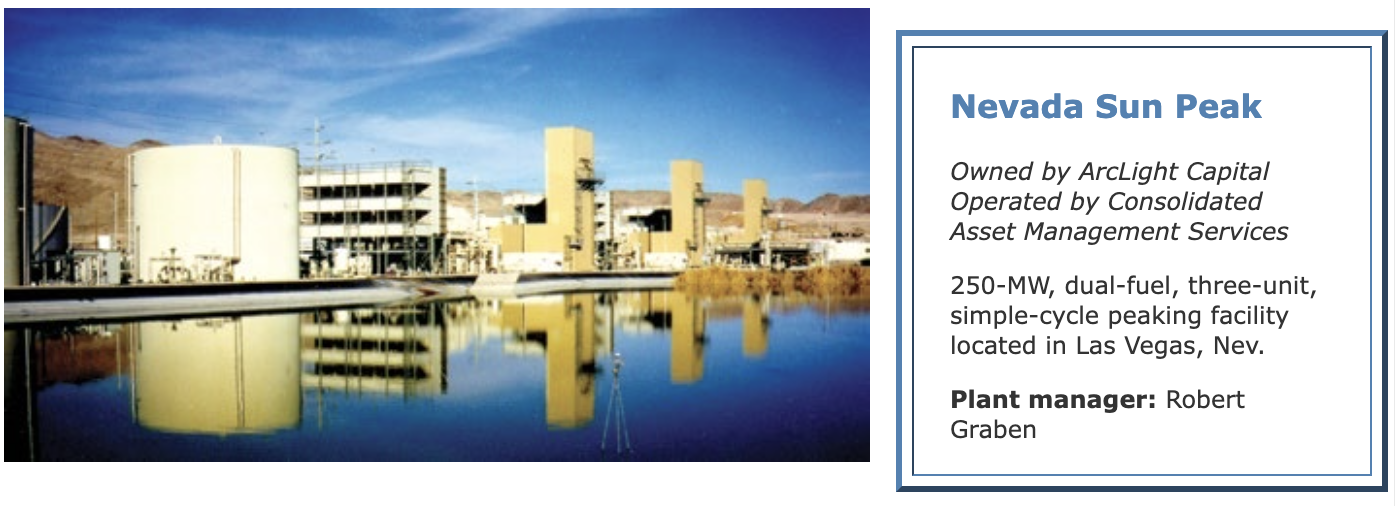Plant relocates evap-cooler pumps to improve safety, system reliability

Challenge. In summer, when the evaporative cooling systems serving Nevada Sun Peak’s three 7EA peakers are operating at peak demand, a supply pump failure becomes a significant event: Power production drops below the contracted output and the potential for a forced outage exists. Plus, the sole plant operator must perform a pump change-out on the second level of the air-inlet house, while the turbine is operating.
To restore power production in a timely manner, the operator cannot wait for assistance. Personnel safety risk is moderate to high, involving climbing into a confined space and the lifting and handling of equipment in awkward positions and without assistance.
Solution. Recognizing the need to mitigate safety and operational risks, plant staff brainstormed ideas and concluded that relocating evap-water pumps was the best course of action. The coolers are served by two independent water supply and distribution systems, arranged side by side. Each side has a dedicated trough and a single pump to distribute water to the cooling media.
The two pumps serving each 7EA were removed and reinstalled directly below the air-inlet house at ground level with no loss in cooling performance. Piping was installed to and from the closest trough to each pump; also, a cross-connect line connects the two troughs serving a given engine.
Results. Each 7EA has a redundant pump arrangement to avoid any loss in output caused by pump failure. In addition, there is virtually no personnel safety risk involved with replacing a pump in an expeditious manner without assistance. Since the modifications were made to the three GTs there have been no pump failures, nor any system degradation issues.

